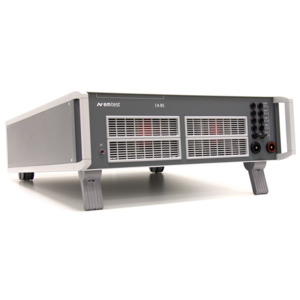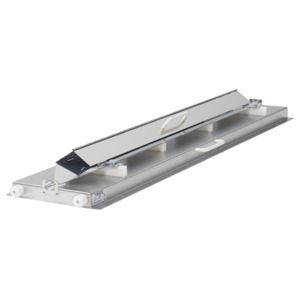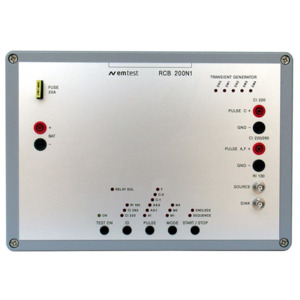Automotive Electrical Disturbances
Filter for Automotive Electrical DisturbancesFilters:
Showing 3 of 3 Results
content loaded
| Part# | Brand | Product | Availability | Price | Quantity | |
|---|---|---|---|---|---|---|
Mfr Part #:CA BS 200N Our Part #:N|AME|10091 | Ametek CTS | POA | ||||
Mfr Part #:CDN-500 Our Part #:N|AME|10134 | Ametek CTS | POA | ||||
Mfr Part #:RCB 200N1 Our Part #:N|AME|11151 | Ametek CTS | POA |


